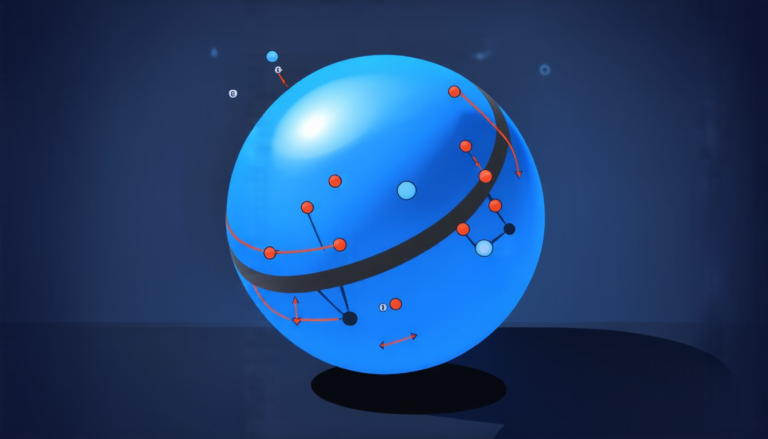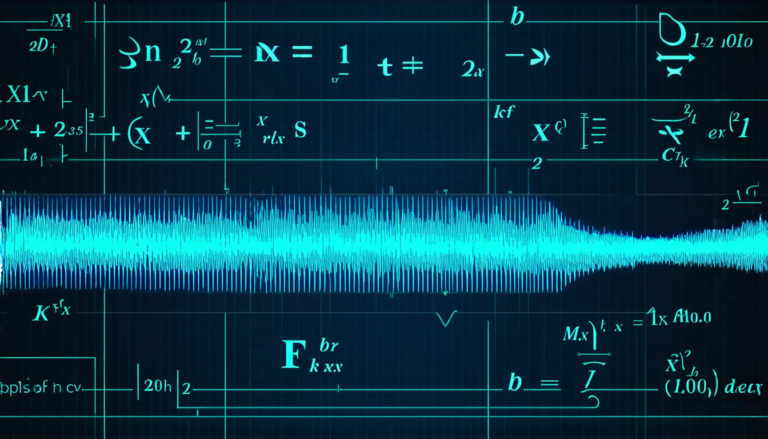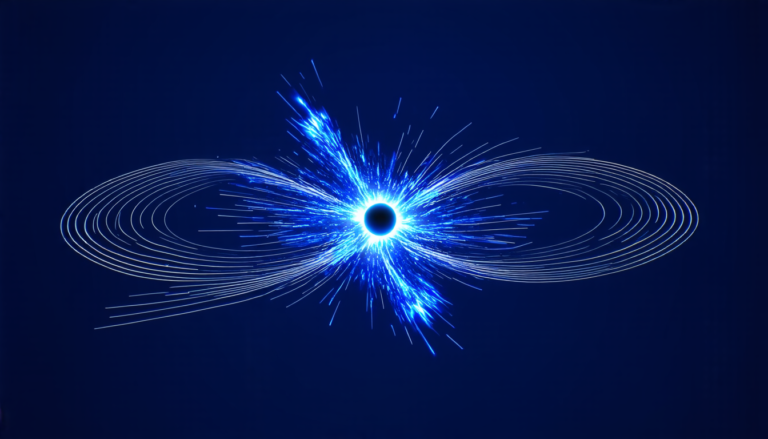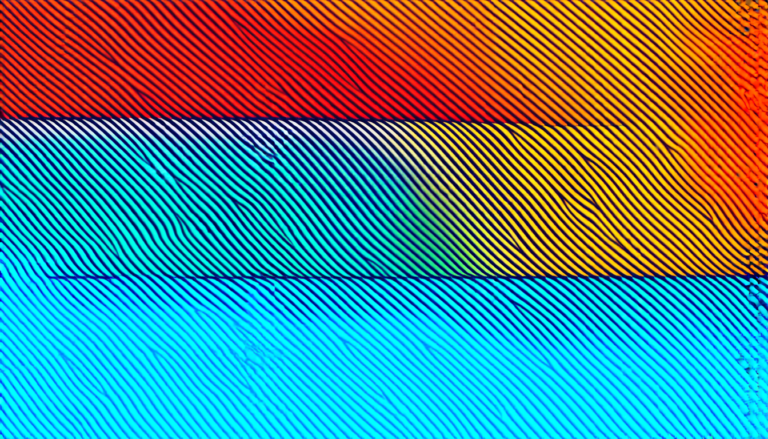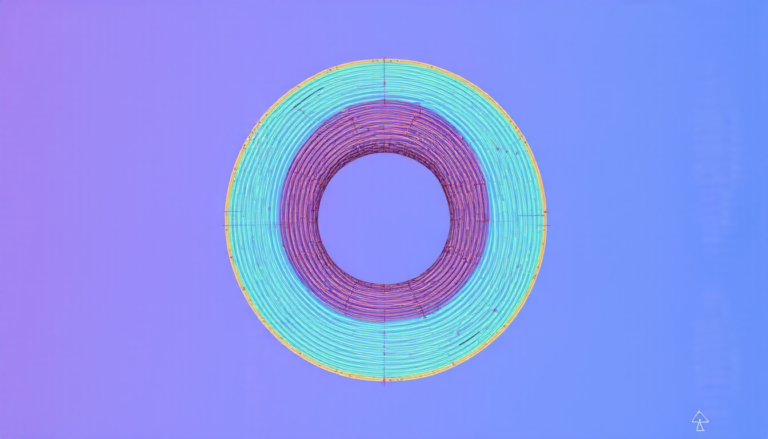Thursday 10 April 2025
The study of periodic orbits in time-dependent planar Stark-Zeeman systems has long been a challenging problem in celestial mechanics. In a recent paper, researchers have made significant progress in understanding these complex motions by applying a new regularization technique.
Time-dependent planar Stark-Zeeman systems describe the motion of an electron attracted to a proton under the influence of a magnetic and time-dependent electric field. This setup is relevant to real-world scenarios, such as the dynamics of a gateway around the moon, which is subject to the joint attraction of the moon, the Earth, and the Sun.
In the past, researchers have relied on blowing up the energy hypersurface to regularize collisions in these systems. However, this approach has its limitations, particularly when dealing with non-autonomous systems. The new regularization technique, developed by Barutello, Ortega, and Verzini, involves blowing up instead of the energy hypersurface the loop space.
The authors begin by considering a time-dependent planar Stark-Zeeman system described by the Hamiltonian H(q,p). They show that this system can be reduced to a second-order delay equation, which is a non-local ODE with a delay term. The solution of this equation corresponds to a periodic orbit in the original system.
The regularization technique involves blowing up the loop space LQ of the system, which consists of loops in Q0 whose winding number around the origin is an integer. The authors show that the critical points of the functional F: LQ → R are solutions of the delay equation and correspond to collisional periodic solutions of the original system.
The study also explores the correspondence between critical points of the functional F and collisional periodic solutions of the system. The authors show that there is a one-to-one correspondence between these two sets, with critical points corresponding to even winding number and twisted critical points corresponding to odd winding number.
The results have significant implications for our understanding of celestial mechanics and the behavior of complex dynamical systems. By applying this regularization technique to other problems in physics and astronomy, researchers may be able to gain a deeper understanding of the underlying dynamics and make more accurate predictions about the behavior of these systems.
In addition to its theoretical significance, this study also has practical applications in fields such as space mission design and astrodynamics. For example, the results could be used to optimize the trajectory of spacecraft or predict the motion of celestial bodies under the influence of gravitational forces.
Cite this article: “Unlocking the Secrets of Celestial Mechanics: A Novel Approach to Understanding Periodic Orbits in Complex Systems”, The Science Archive, 2025.
Celestial Mechanics, Periodic Orbits, Time-Dependent Planar Stark-Zeeman Systems, Regularization Technique, Loop Space, Energy Hypersurface, Hamiltonian, Delay Equation, Non-Local Ode, Collisional Periodic Solutions.
Reference: Urs Frauenfelder, “Periodic orbits in time-dependent planar Stark-Zeeman systems” (2025).


